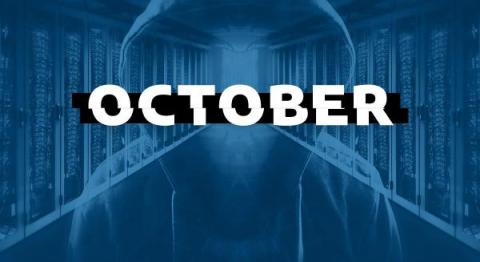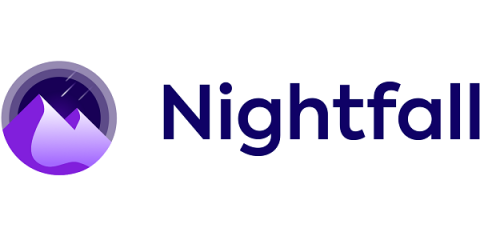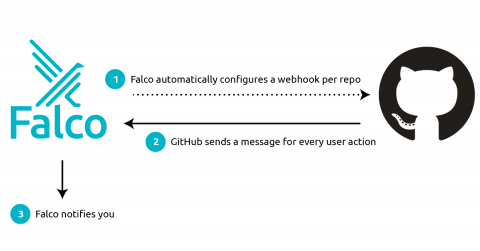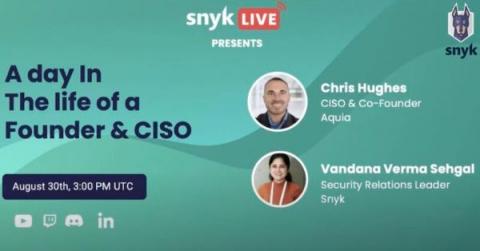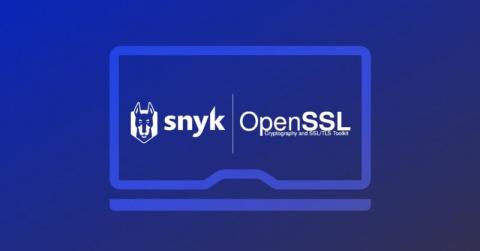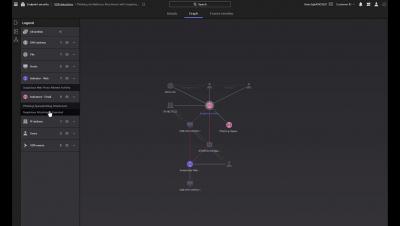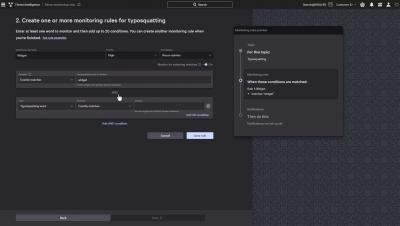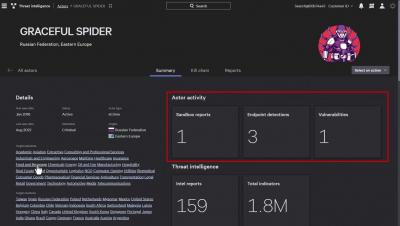Security | Threat Detection | Cyberattacks | DevSecOps | Compliance
Security
Recent AstraZeneca Breach Illustrates Risk of Credential Leakage Across Cloud Apps
Yesterday, TechCrunch broke a story about pharmaceutical giant AstraZeneca, which experienced a leak affecting sensitive patient data. We think this incident is worth reviewing to learn more about how data exfiltration risk is distributed across the entirety of an organization’s SaaS infrastructure.
Responding to the Dropbox Breach with a Falco GitHub Plugin
On November 1st, Dropbox disclosed a security breach where the attackers stole over 130 code repositories after gaining access to one of the employee’s GitHub accounts using the stolen credentials of that employee via a well-designed phishing attack.
A day in the life of a CISO: Chris Hughes of Aquia
One of the most challenging positions within an organization is that of a chief information security officer (CISO). A little while back, I had an opportunity to sit down with Chris Hughes, CISO and co-founder of Aquia, to discuss his experience in the role. Acquia is an open source digital experience company that empowers the world’s most ambitious brands to embrace innovation.
Breaking down the 'critical' OpenSSL vulnerability
On November 1st 2022, the OpenSSL team released an advisory detailing two high severity vulnerabilities — CVE-2022-3602 and CVE-2022-3786. This was pre-announced as a critical bug, but later downgraded to high for the actual release. This could still be problematic though, OpenSSL is one of the predominant encryption libraries and is underpinning a significant portion of the internet’s TLS protected communications.
How to Expand Detections Across Multiple Security Domains with CrowdStrike Falcon Insight XDR
How to Protect Against Domain Impersonation with Falcon Intelligence Recon Typosquatting
How to Defend Against Threats with Falcon Intelligence
Vulnerability Management: The Beginner's Guide
As available software on the market increases, so do vulnerabilities. When a company's system is weak due to vulnerabilities in the software it uses, attackers take advantage of the situation to: This, in turn, causes the company to lose customers, reputation and money. To reduce threats, network personnel and system administrators are always on the front line, constantly patching the organization's software and operating systems. But to what end?
Privacy Updates in Q2 2022: Major Developments Across the Globe
The third quarter saw some major developments across the privacy space. In the U.S., we saw a federal bill for comprehensive privacy achieve more than ever before, children’s privacy proved to remain a top concern, and the Federal Trade Commission formally began its heavily criticized “Magnuson-Moss rulemaking” process.


